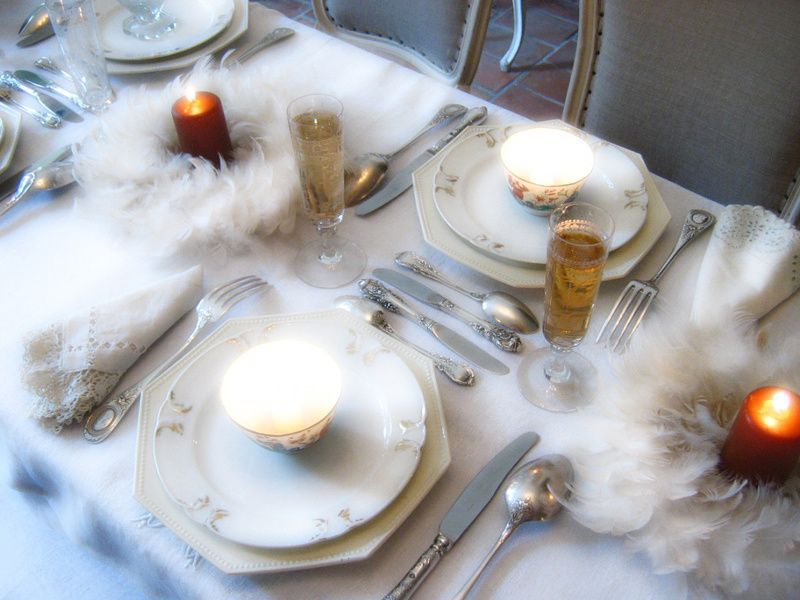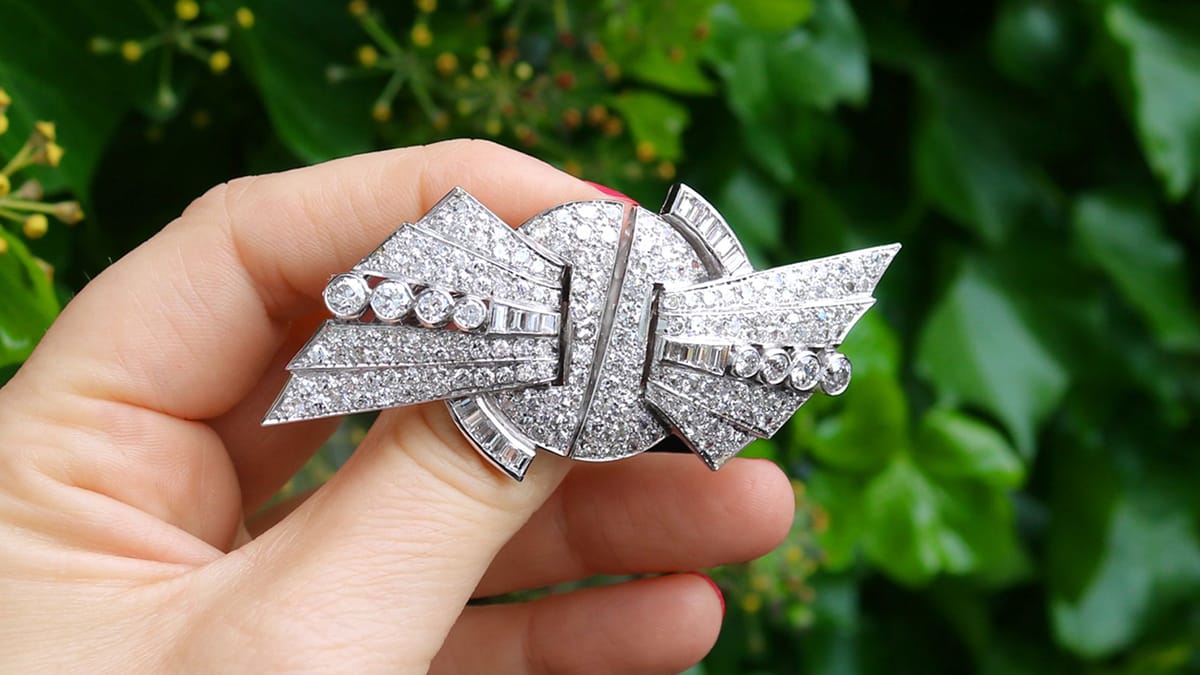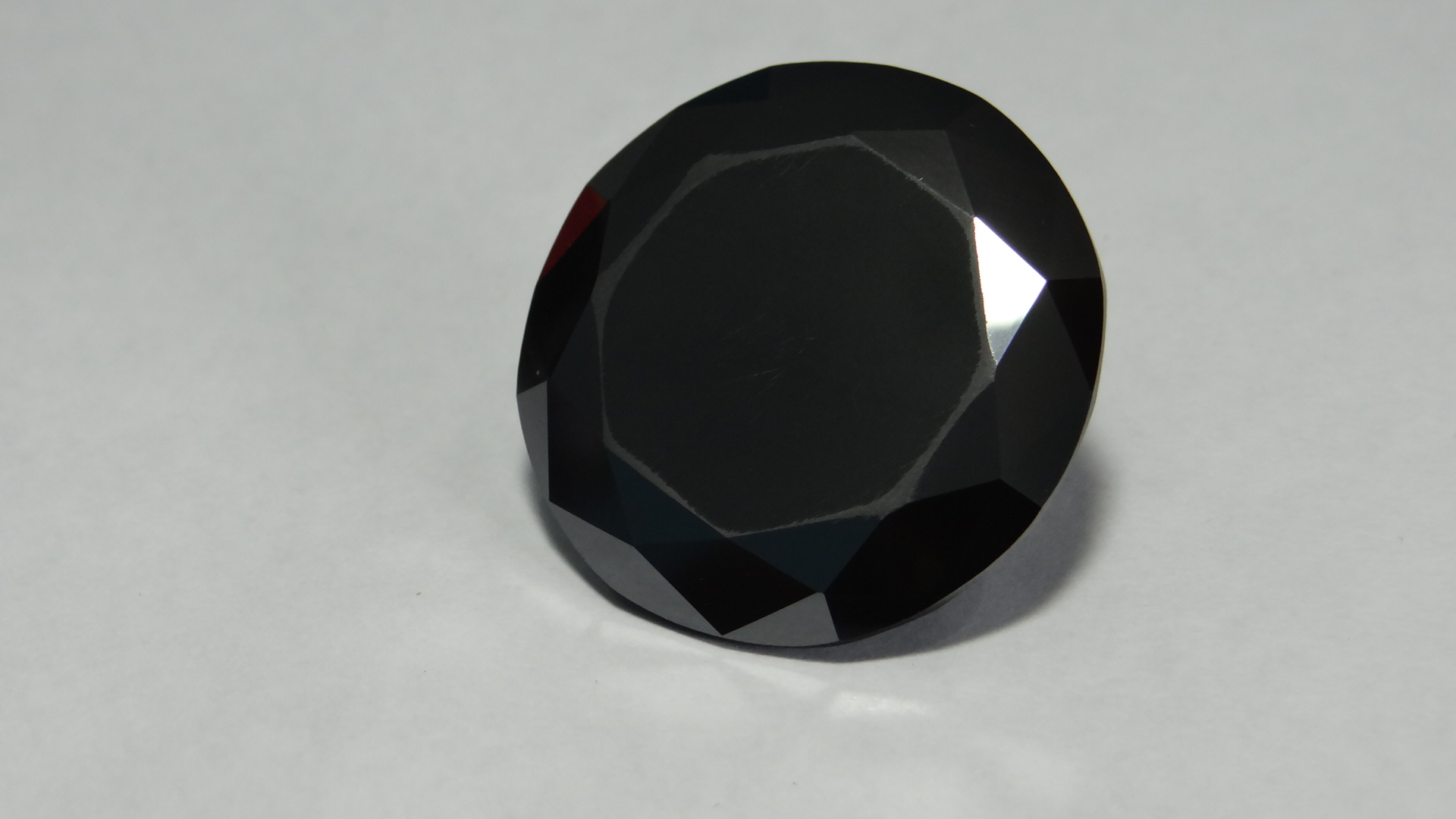What Is a Trefid (or Trifid) Spoon?
In the 16th century, people typically had one spoon which was used at all mealtimes, being washed between uses. It was also deemed as a sign of class and status if the spoon was made from anything other than wood.
It is suggested that silver spoons came to Britain with the Romans, however, the Trefid spoon originated in France; the French call it ‘Pied de Biche’ which translated means Deer’s foot. It is said that – while in court in France – Charles II noticed they used a specific type of spoon called the trefid, and it was through Charles II that trefid spoons were introduced to Britain in 1660. Trefids are termed ‘the French Fashion Spoons’, and the style spread very quickly throughout the United Kingdom; in part due to the British people who took their old spoons to the silversmiths to have them melted and made into the new trefid style – that is if they could afford it.
Over time, the trefid spoon has had many variations on its styles, although this spoon originated in France, the influences of later designs were said to be taken from the Romans. This can be seen from the ‘V’ shape of Roman spoons circa 350, which had a plain rat-tail which led to the birth of the rat-tail pattern. There is also a practical reason for this variation; due to the spoon’s daily use, the rat tail was introduced to make the spoon stronger. It provided support and strength to the junction of the stem and bowl, but it also became an attractive feature of the spoon.
Identifying the Trefid Spoon
In France, spoons were laid face down for table service. This information helps identify the trefid spoon; this is said to be why the shape of the middle lobe on the Trefid spoon is turned upward slightly so it can be placed nicely faced down. This is why you will also find crests and initials on the reverse. As you can see from the image, French dining was – and still is – an elegant affair.
Trefid Spoon Designs
The word trefid (or trifid) means divided or split into three parts, which can be seen at the top of the handle and explains why it has this name. The handle is thickest nearer the bowl section of the spoon and becomes thinner as it reaches the upturned trefid end. The spoon has had many variations; however the flat stem which gradually spreads to the upward turned trefid end is the part of the spoon which has remained the same throughout its lifespan.


Although, the spread of the terminal moved downward towards the bowl at around 1700s and became more elaborate with decoration and some were even gilded. This also meant that the hallmarks had to be moved to a different place on the spoon. The flat stem handle leading to the classic three lobed/deer-foot design can be seen on all trefid spoons and can be deemed a strong characteristic to look out for when identifying one of these fine spoons.
The striking deep oval bowl on this impressive type of spoon (pictured above) is an excellent characteristic by which to identify the trefid spoon. This part of the spoon has proven to be very important, and specific to these spoons more than others. The bowl changed over its period of rein and became more elongated and decoration became more elaborate. As already mentioned, the trefid spoon has had many forms, which we will not explore in more detail.
When these type of spoons were first introduced in the early 1660s, their form was quite plain with the only decoration you would find being engraved initials or crests (mark of the house or family it came from).
The 1680s saw the production of the highly sought after lace back trefid spoons which went from quite simple ornamentation to very complex. The decoration for this type of spoon was countrywide and involved hammering the bowl into a pre-cut die. The West Country was particularly known for producing many designs in this particular spoon.

The flame back Trefid spoon was introduced in 1687 which had a flame design to the terminal whereas the rat tail was always reeded. The reeded rat tail followed in the 1690s and lastly the beaded rat tail in 1699, which is secondary in collectability to that of the lace back and the flame back designs.
The spoon saw the takeover of the Puritan spoon and was superseded by the Dog Nose spoon to which a multitude of pattern variations occurred (i.e. Hanoverian, Old English, Fiddle and King’s etc). The change in industrialisation and the growth of the middle classes led to the Victorian era creating the table spoon, serving spoon and the simple teaspoon. The trefid spoon had a forty year popularity and is considered the earliest English flatware pattern.







2 responses
Hello Louise,
I wanted to tell you how much I enjoyed your article on trefid spoons.
I was unaware of their fascinating history.
In going through silverware inherited from family I found
a Charles II silver trefid spoon, dated 1669, made by John Smith, silversmith.
The bowl decoration is quite elaborate.
Once again, thank you for your wonderful articles.
Hi Susan, Very glad you enjoyed the post. Please do share with us a picture of your spoon. We would love to see it.